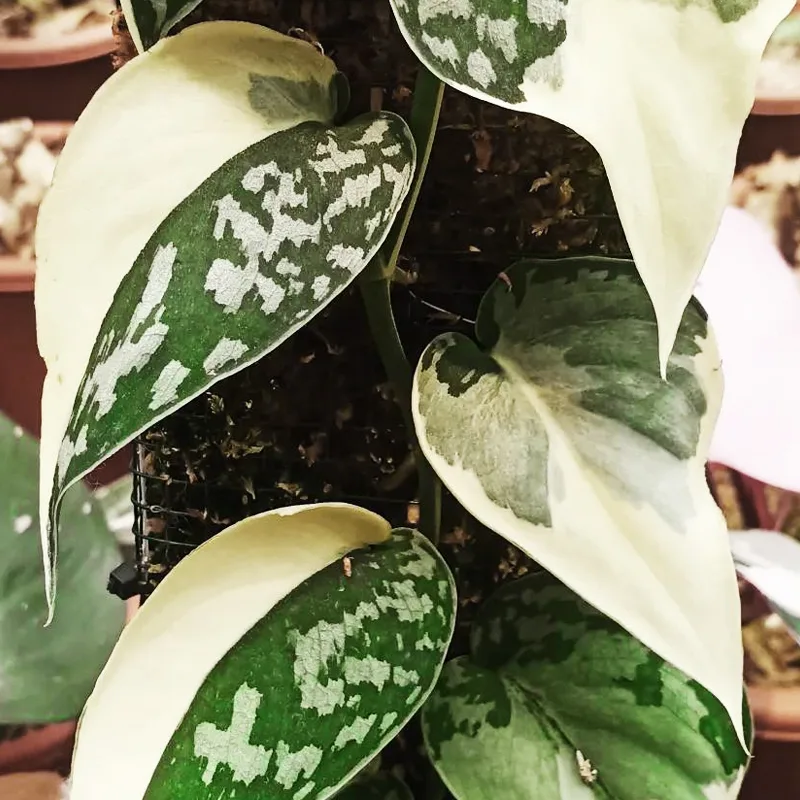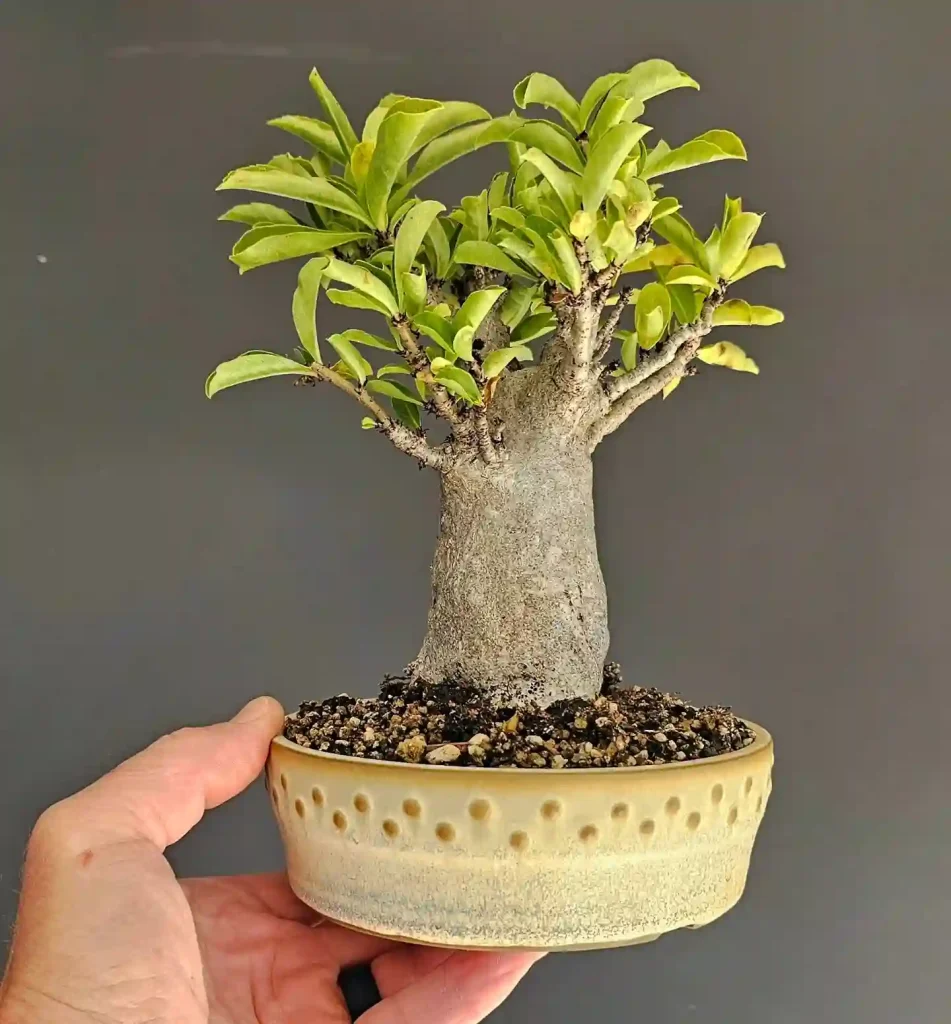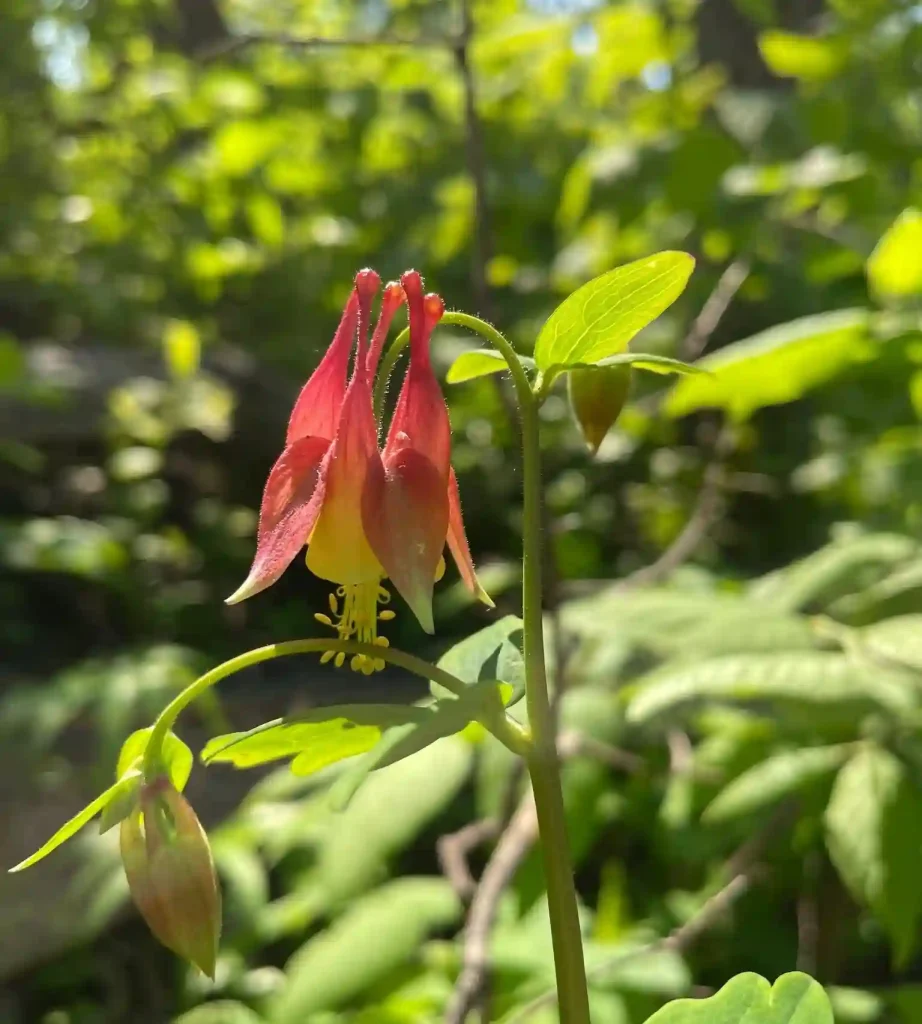Hoya Sipitangensis: Unveiling the Red-Leaf Jewel
Hi, Ferb Vu here! Today, we’re diving deep into the fascinating world of the Hoya Sipitangensis. This Southeast Asian gem has captured the hearts of plant enthusiasts with its stunning foliage and delicate blooms. Whether you’re a seasoned plant parent or a curious newcomer, this FAQ will equip you with everything you need to know about caring for this unique Hoya.
566 Species in Genus Hoya
What is Hoya Sipitangensis?
Discovered in 2002 in Sipitang, Sabah, Malaysia (hence the name!), Hoya Sipitangensis thrives in the coastal forests and lowland hill regions of Borneo. This climbing vine boasts captivating features:
- Red-Kissed Foliage: The deep green, oval-shaped leaves boast a captivating secret. When exposed to bright, indirect sunlight, the new growth transforms into a mesmerizing shade of red. This vibrant display adds a pop of color to any indoor space.
- Starry Blooms: Patience is rewarded with clusters of fragrant, white, spherical flowers. Each bloom measures around 6mm and features a distinctive red corona (center) resembling a star. These fragrant blossoms add a touch of magic to the plant’s overall beauty.
- Manageable Climber: Unlike some sprawling Hoyas, Sipitangensis maintains a relatively compact size. This makes it ideal for hanging baskets, shelves, or allowing it to climb a moss pole.
Hoya Sipitangensis vs. Hoya Carnosa: A Quick Comparison
Often confused with its close relative, Hoya Carnosa (the popular Wax Flower), some key differences set Sipitangensis apart:
- Leaf Size: Sipitangensis boasts smaller, rounder leaves compared to Carnosa’s larger, oval-shaped ones.
- Sun Requirements: Sipitangensis thrives in bright, indirect sunlight for optimal red coloration. Carnosa prefers slightly lower light conditions.
- Growth Habit: Sipitangensis has a more compact growth pattern compared to Carnosa’s potentially sprawling tendencies.
Hoya Sipitangensis vs Rebecca
While Hoya Sipitangensis showcases semi-succulent leaves that evolve from a silvery-accented lime green to deeper hues, often adopting a violet-red tint when exposed to sunlight, Hoya Rebecca mesmerizes with its distinctively heart-shaped leaves adorned with splashes of silver and pink. The blooms of Hoya Sipitangensis unveil velvety white, star-shaped flowers imbued with a delicate fragrance, forming an elegant display. In contrast, Hoya Rebecca flaunts clusters of exquisite, waxy flowers that exhibit a pinkish hue, emanating a charming scent.
Hoya Sipitangensis vs Walliniana
As per Christine Burton, Hoya Sipitangensis and Hoya Walliniana are considered to be synonymous. Although listed as distinct species in the publication “A Guide to Hoyas of Borneo,” there exists a notion that the flowers of H. Walliniana are notably smaller in size.
Hoya Sipitangensis vs Sunrise
When comparing Hoya Sipitangensis and Hoya Sunrise, two captivating members of the Hoya family, distinct characteristics emerge that set them apart. Hoya Sipitangensis boasts delicate, thick leaves with a subtle silver sheen that transition from lime green to deep shades, often displaying a violet-red tint when exposed to sunlight. Its velvety white, star-shaped flowers emit a sweet fragrance and create a stunning visual display. On the other hand, Hoya Sunrise features vibrant, lance-shaped leaves that start as deep green and evolve into shades of yellow, orange, and pink along the edges as they mature. Its clusters of porcelain-like flowers form captivating umbels, contributing to its mesmerizing appeal. While Hoya Sipitangensis captivates with its delicate beauty and subtle hues, Hoya Sunrise dazzles with its dynamic foliage and vibrant floral presentation, making each a unique and enchanting addition to any plant enthusiast’s collection.
Choosing Between Them: Both Hoyas are excellent choices. If you crave a compact plant with stunning red foliage and appreciate bright light, Sipitangensis shines. Carnosa, however, might be a better fit if you prefer larger leaves and a more forgiving light requirement.
How to care for Hoya Sipitangensis?
Providing the right environment is key to a happy and thriving Hoya Sipitangensis:
- Light: Bright, indirect sunlight is ideal. South-facing windows with sheer curtains provide excellent conditions. Avoid harsh, direct sun, which can scorch the leaves.
- Watering: Water deeply when the soil dries out completely. Overwatering is a leading cause of problems. Signs of thirst include wrinkled leaves.
- Soil: A well-draining potting mix specifically designed for cacti and succulents is crucial to prevent root rot. Perlite or orchid bark can be added for extra drainage.
- Fertilizer: A balanced, diluted fertilizer formulated for houseplants can be applied monthly during the growing season (spring and summer). Withhold fertilizer during dormancy (fall and winter).
- Humidity: While not strictly necessary, moderate humidity levels can benefit your Hoya. Grouping plants together or using a pebble tray with water can create a more humid microclimate.
How to propagate Hoya Sipitangensis?
Sharing the beauty of your Sipitangensis is easy with propagation! Here are two common methods:
- Stem Cuttings: Take a healthy stem cutting with a few nodes. Dip the cut end in rooting hormone (optional) and plant it in a pot with well-draining soil. Keep the soil moist but not soggy and provide bright, indirect light. New growth should appear within a few weeks.
- Leaf Cuttings: This method requires more patience. Select a healthy leaf with its petiole (stalk) intact. Plant the petiole in moist soil, ensuring a node is buried. Provide warmth and humidity. With time, a new plantlet should sprout from the base of the petiole.
Common Problems and Solutions
While generally low-maintenance, a few hiccups might arise:
- Yellowing Leaves: This can indicate overwatering. Allow the soil to dry completely between waterings.
- Mealybugs or Scale: These sap-sucking insects can weaken your plant. Treat them with insecticidal soap or neem oil solution.
- Lack of Blooms: Insufficient light is the most likely culprit. Ensure your plant receives enough bright, indirect sunlight.
Remember: Patience is key! Hoyas are slow growers, and flowering might take some time.
Conclusion: The Allure of Hoya Sipitangensis
With its captivating red foliage, delicate blooms, and manageable size, Hoya Sipitangensis is a true gem for plant enthusiasts. Whether you’re a seasoned collector or a curious beginner, this unique Hoya offers a rewarding experience. With proper care and a little TLC, your Sipitangensis will thrive for years to come, gracing your space with its vibrant beauty.
If i die, water my plants!



